5 Ways to Turn Any Dinner into a Bowl
There's no need to limit bowls to soups and stews. In fact, these vessels are the key to making some of the most beautiful, delicious meals you'll ever taste.
By Lynn Andriani
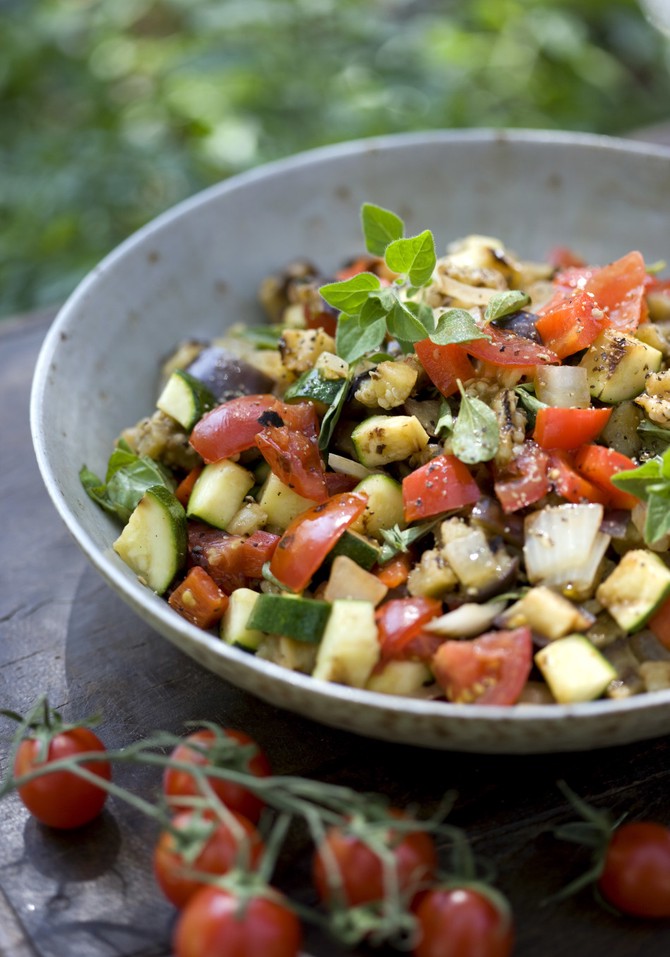
Photo: Ray Kachatorian/Getty Images
Consider the Sum Instead of the Parts
When we eat meals on plates, the ingredients are often kept separate, with the main and sides all in their proper places. But if we think of the parts as one (multi-component) dish—poof! Things instantly transform into a familiar, comfortable supper, says Sara Forte, author of The Sprouted Kitchen Bowl and Spoon. Nestle and layer the ingredients on top of each other, and the mood of your meal will shift from stuffy to laid-back. Although the treatment works with so many meals, it's especially well suited to chopped salads and veggie-and-rice dishes, since those kinds of meals often necessitate a bowl to get a satisfying bite that combines a little bit of everything.
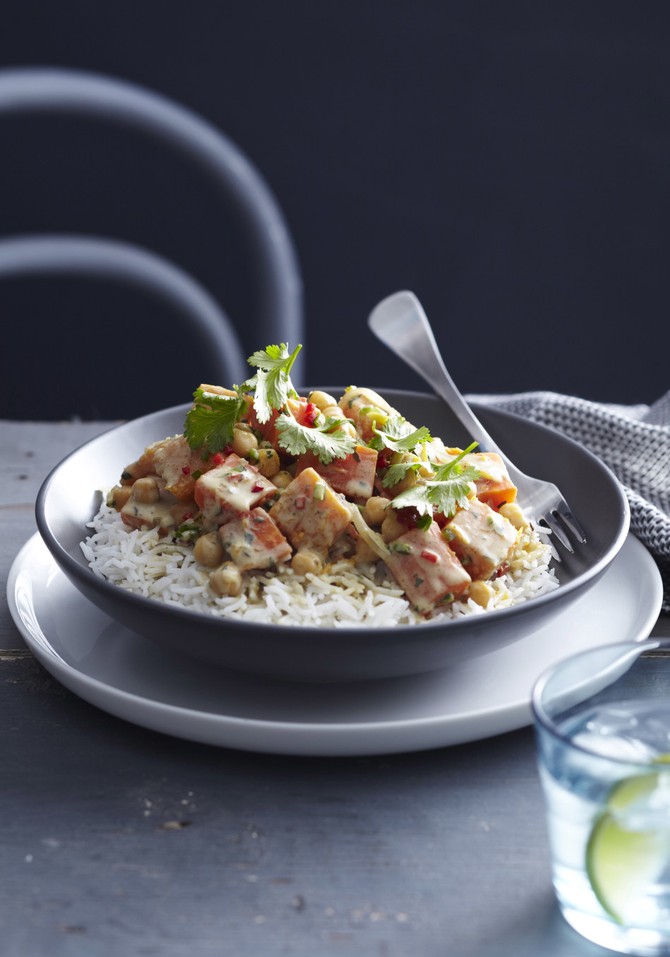
Photo: BRETT STEVENS/Getty Images
Follow the Formula
Bowls aren't complicated, but Forte generally tries to stick to four basic elements when she's building one. First comes a grain, such as rice or quinoa. Put the grains on the bottom, because they’re usually the least exciting ingredient, visually speaking (all that brown!); and because they take up the most volume. Second, cooked vegetables; third, protein; and fourth, some sort of sauce (anything goes, from tahini- or miso-based dressings to oil and vinegar). A bonus fifth component would be nuts, seeds, cheese or avocado—but those definitely aren't required. One thing Forte is a stickler on, though, is fresh color on top, because "Pretty food always tastes better!"
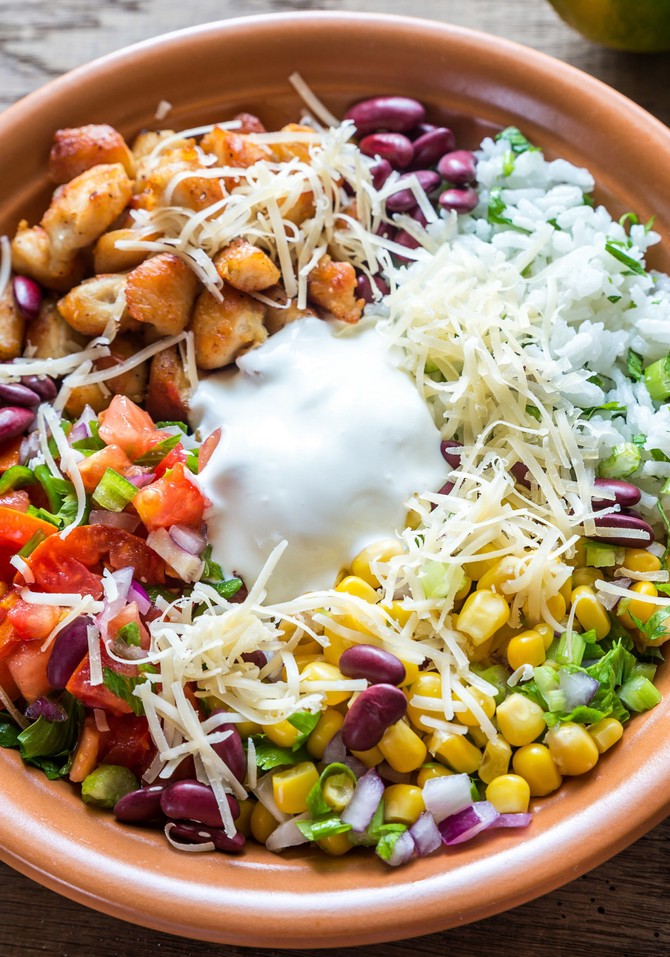
Photo: AlexPro9500/Thinkstock
Go Bite-Size
Although bowls lend themselves to vegetarian meals, they can be lovely ways to present meaty dishes, too. Cubes of steak, shredded chicken, even crumbled sausage all work; just precut them so there's no need for a knife once you're at the table. (Fish is an exception, since it's so tender that it flakes apart with a fork.) Other unexpected foods you can cut up, crumble and scatter: apples, tortilla chips and scrambled eggs.
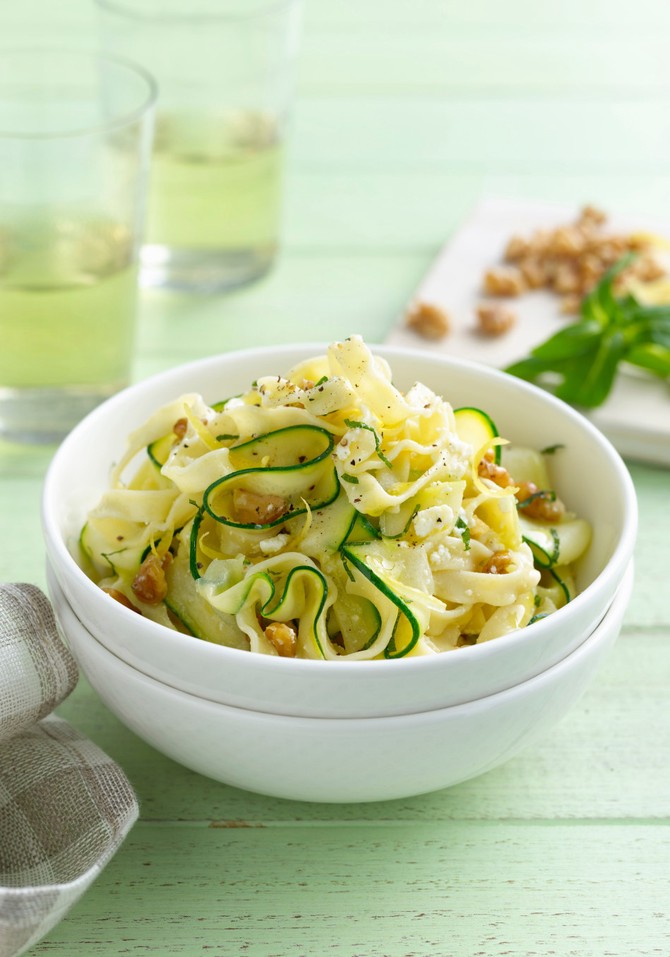
Photo: Cultura RM/BRETT STEVENS/Getty Images
Have the Right Tools
To make the most basic meal in a bowl, you don't need a thing (except, er, a bowl). But there are a couple of handy tools that can help you make an Instagram-ready dinner. A julienne peeler is one; it's cheap (under $10) and turns carrots, zucchini and other veggies into spaghetti-like strands you can twirl with a fork. Another workhorse in Forte's kitchen: a mandolin, for slicing or shredding vegetables for slaws and grain salads.
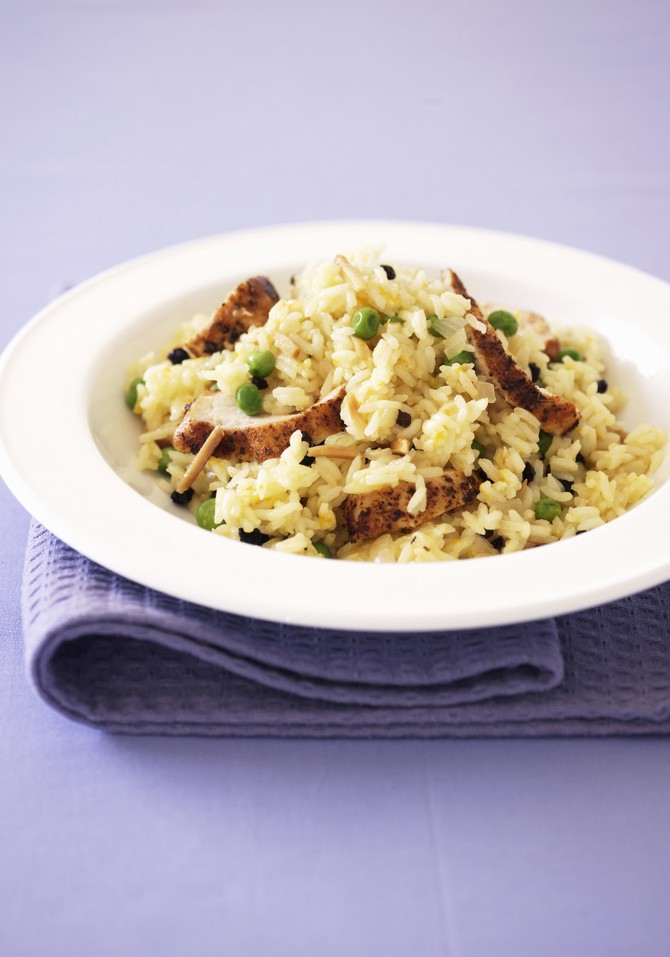
Photo: Steve Brown Photography/Getty Images
Think Like a Food Stylist
A deep bowl with high sides may be perfect for serving soup, but if you've got solid food in there, all the heavier goodies, such as nuts or dried fruits, will fall to the bottom. Forte, whose blog Sprouted Kitchen is packed with gorgeous images of meals in bowls, from tofu lemongrass to black bean and poached egg, suggests using low, shallow bowls that are almost like plates with lipped edges. Something the size of a dinner plate is ideal, and remember that you're better off with too much room rather than not enough, because a packed bowl will overflow, and it'll be hard to get at all the ingredients in one bite.
Published 10/12/2015

